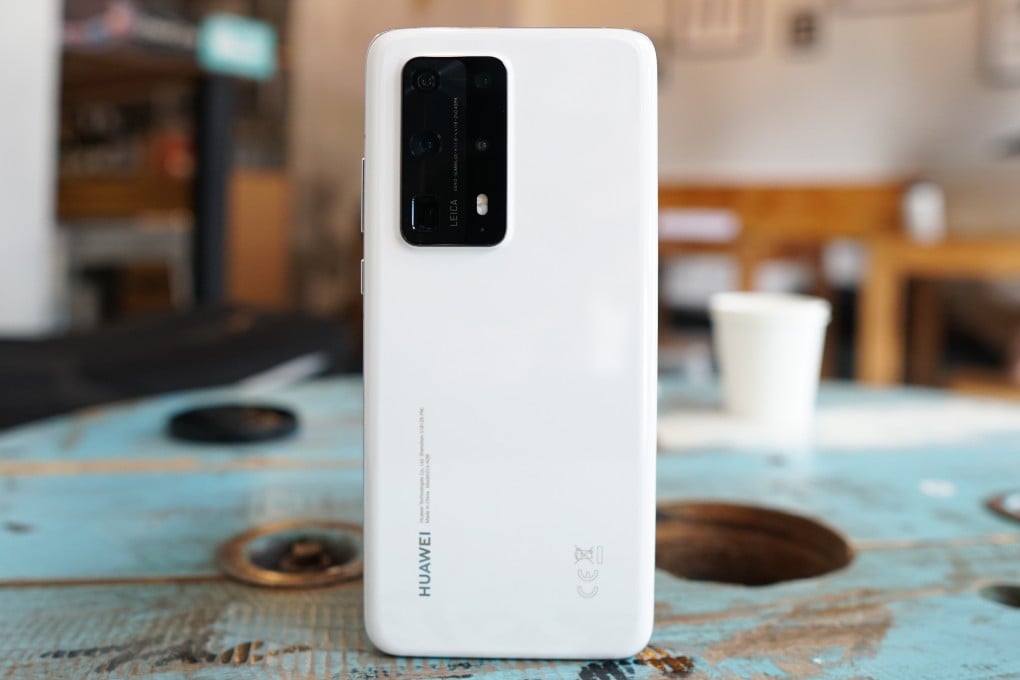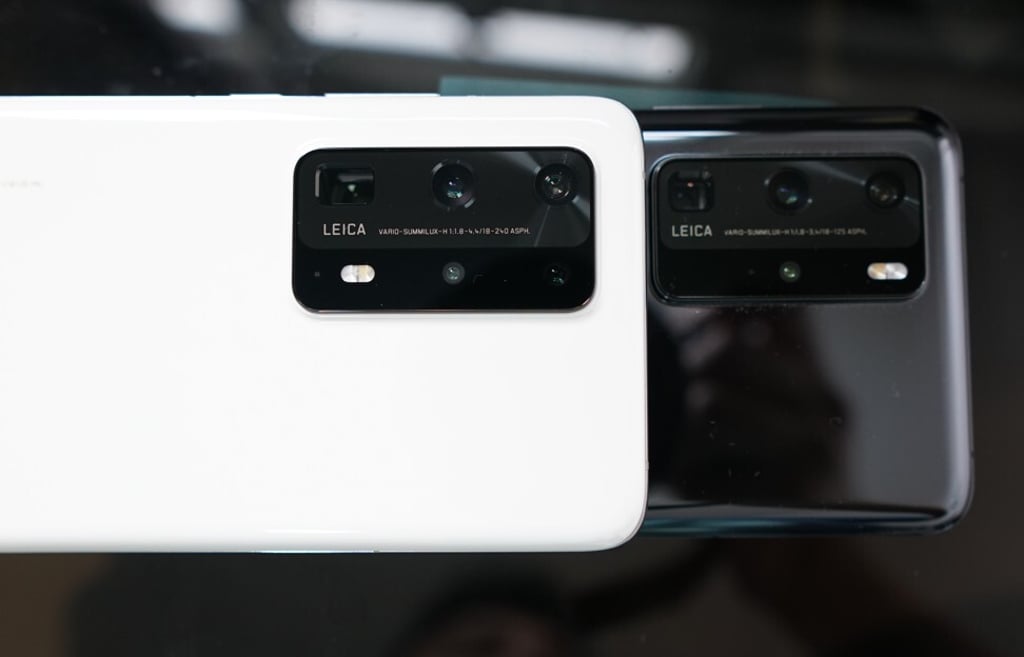Review | Huawei P40 Pro Plus review: 10x optical zoom camera is truly innovative, but at US$1,600 this phone is a luxury
- The Periscope lens of the Huawei P40 Pro Plus takes longer zoom images that are noticeably sharper than other phones’ thanks to its 10X lossless optical zoom
- Its body is ceramic rather than glass, making it heavier than the Huawei P40 Pro and giving it a more durable feel

Considering that the Pro device already sported a camera system that is arguably the best on the market, there was plenty of excitement about what the Pro Plus would bring. It’s here now, and we’ve been testing a pre-release unit for a couple of days.
Pro vs Pro Plus: what’s the difference?
The Pro Plus outshines the Pro in two areas. The first is an improved camera zoom system, which comes via the addition of a fifth camera, an 8-megapixel telephoto lens, and a more advanced version of Huawei’s Periscope zoom lens that is noticeably larger.

The second upgrade is to the body of the Pro Plus: it is ceramic, whereas the Pro body is glass; this makes for a slightly heavier build (226g, compared to the Pro’s 209g) and it feels denser in the hand.
Huawei says it is more durable – a claim that is creditable; the Pro Plus suffered two small drops during our testing (falling about six inches, from an elevated stand onto a glass table top) and there is no sign of dings or scratches. Everything else about the Pro Plus is unchanged from the Huawei P40 Pro: the 6.6-inch 90Hz OLED screen, the Kirin 990 5G chip, and the main and wide-angle cameras are identical.